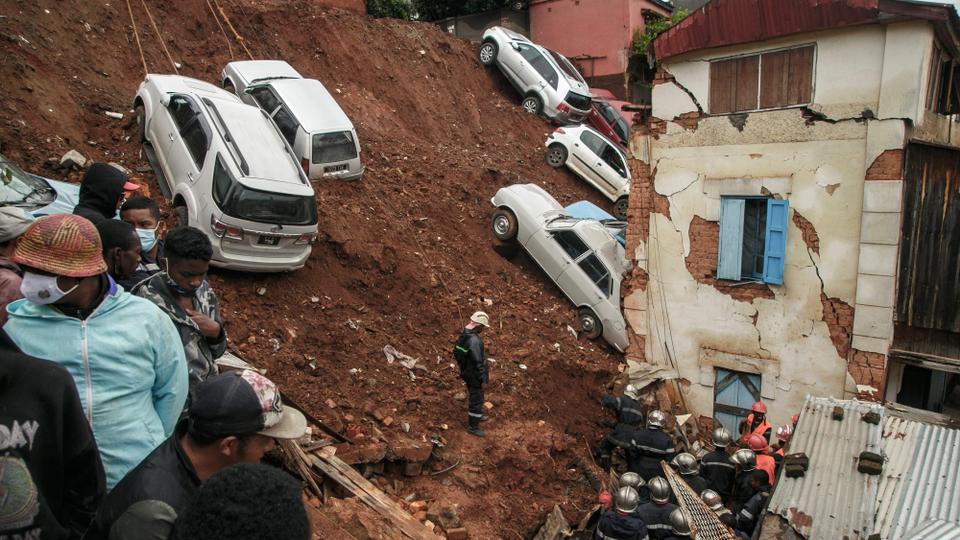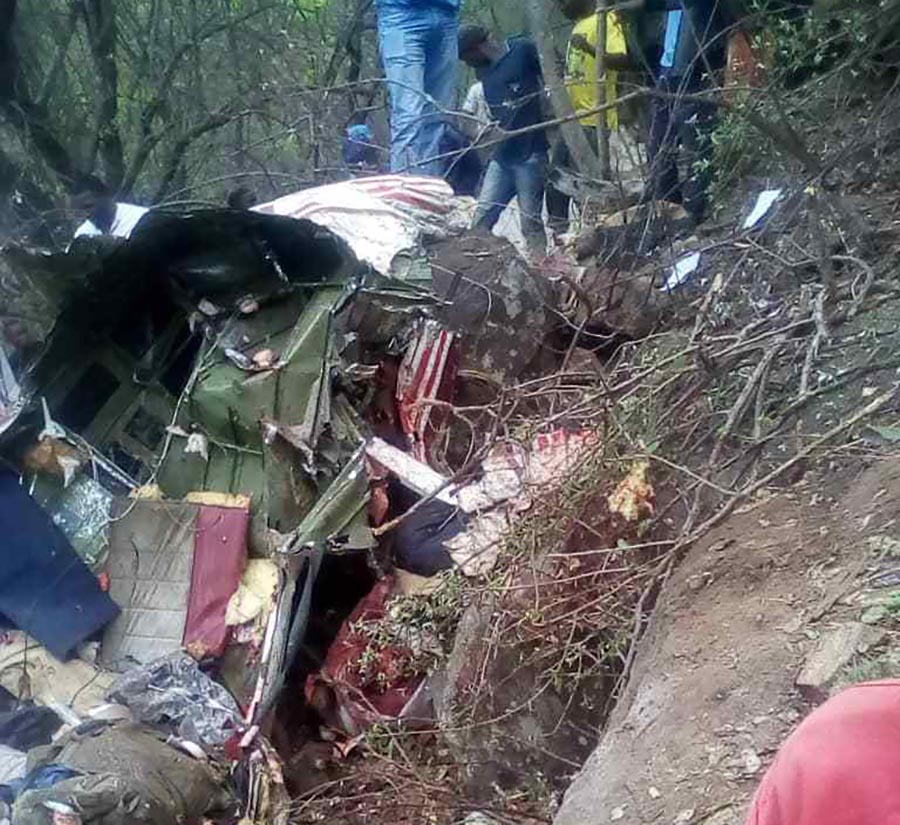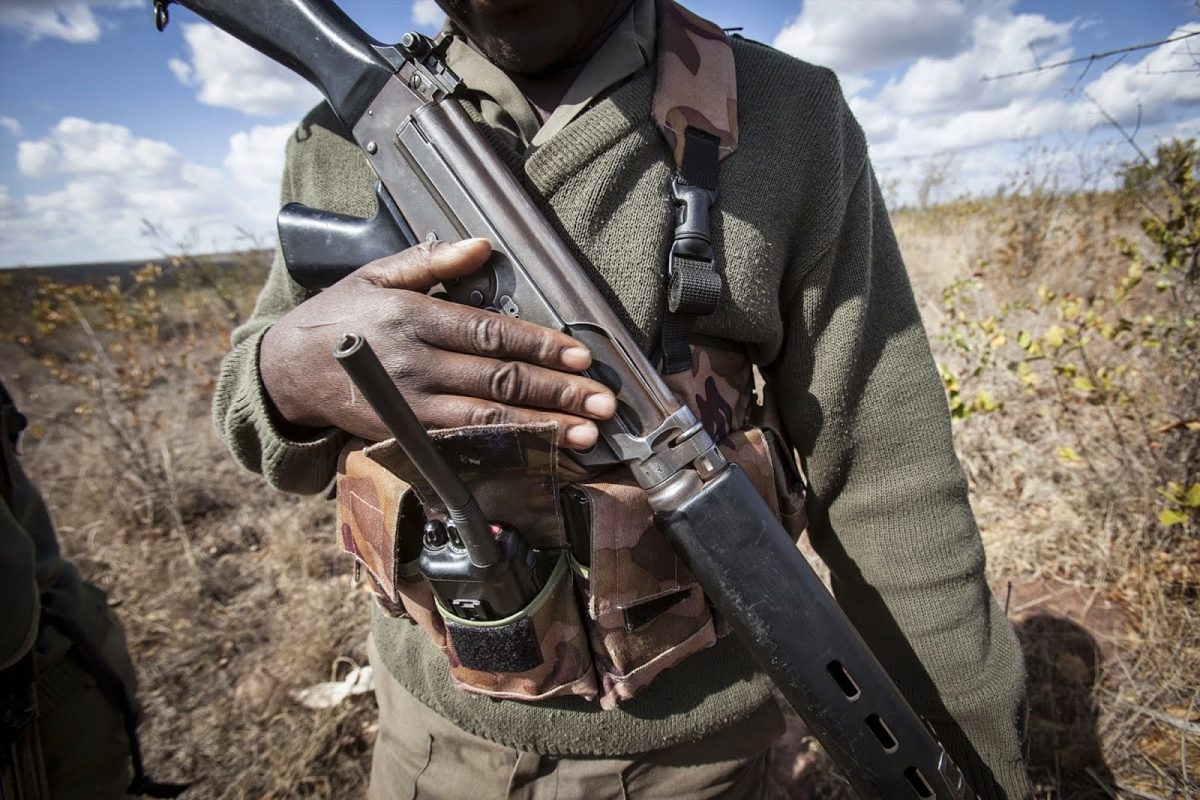JOHANNESBURG, South Africa – Tropical storm Ana has killed at least 39 people in Madagascar and three people in Mozambique, while knocking out power in Malawi, authorities in the three countries said Tuesday.
In eastern Zimbabwe, the storm which made landfall in northern Mozambique on Monday, brought heavy rains accompanied by strong winds which damaged homes as falling trees blocked roads.
The storm, which formed over the east coast of Africa’s largest island Madagascar, caused floods and mudslides in the capital Antananarivo. Nearly 65,000 have been left homeless.
Mozambique’s National Institute for Management and Disaster Risk Reduction said three people had been killed and 66 injured, while 546 homes had been partially destroyed and another 115 completely destroyed.
Malawi’s Department of Disaster Management Affairs said three had died and 30 had sustained injuries, with displaced households seeking refuge from flooding in churches and schools.
Mozambique and other southern African countries have been repeatedly struck by severe storms and cyclones in recent years that have destroyed infrastructure and displaced large numbers of people.
Experts say the storms have become stronger as waters have warmed due to climate change, while rising sea levels have made low-lying coastal areas vulnerable.
Mozambique’s disaster institute estimated that as many as 500,000 people could be affected by Ana, although the weather institute said on Tuesday that it had weakened from a “moderate tropical storm” into a “tropical depression”.
The World Food Programme (WFP) told Reuters one of its main concerns was that heavy rainfall and flooding during the agriculture season could lead to harvests being lost, causing a substantial rise in food prices.
“Ana marks the beginning of the South-West Indian Ocean cyclone season, … according to forecasts more intense weather events can be expected in the next few months,” WFP said, adding it was ready to provide food to affected people and logistics support for rescue and relief operations.
In 2019, Cyclone Idai and the deadly floodwaters that followed it killed more than 1,000 people across Mozambique, Malawi and Zimbabwe.
Zimbabwe’s Department of Civil Protection said five houses in Mutasa, three in Chimanimani and two institutional buildings in Nyanga had been damaged by heavy rains and strong winds.
At Nyafaru High School in Nyanga, pupils sitting for final examinations were marooned as rivers and tributaries overflowed.
Rainfall exceeded 100 meters in areas on the border with Mozambique, including Chimanimani, which bore the brunt of Cyclone two years ago.
Nyanga received 121mm, Chisengu 80mm, Nyamaropa 32mm, Mutare 28mm and Mukandi 25mm on Monday. With rain continuing on Tuesday, more damage was expected as fears of flooding heightened.
Nyanga District Development Coordinator Nyashadzashe Zindowe said some roads in the district were blocked by falling trees but these were being cleared.
“Some roads like at Troutbeck Resort were impassable after trees had blocked the road. We managed to clear that road after getting assistance from Dongo Sawmills,” he said.
Allied Timbers spokesperson Veronica Gutu said plantations had been damaged.
Dongo Sawmills owner Francis Dongo said: “The damage in plantations is extensive. Most players in the industry will be left counting their losses. Some pine and gum trees were uprooted, while others fell because of the strong winds.”
Heavy rains in excess 50mm and strong winds are expected in Mashonaland West and Manicaland on Wednesday.
Harare, Midlands, Bulawayo Metropolitan, Masvingo and all Matabeleland provinces are anticipated to have light rains and moderate to strong winds.
















